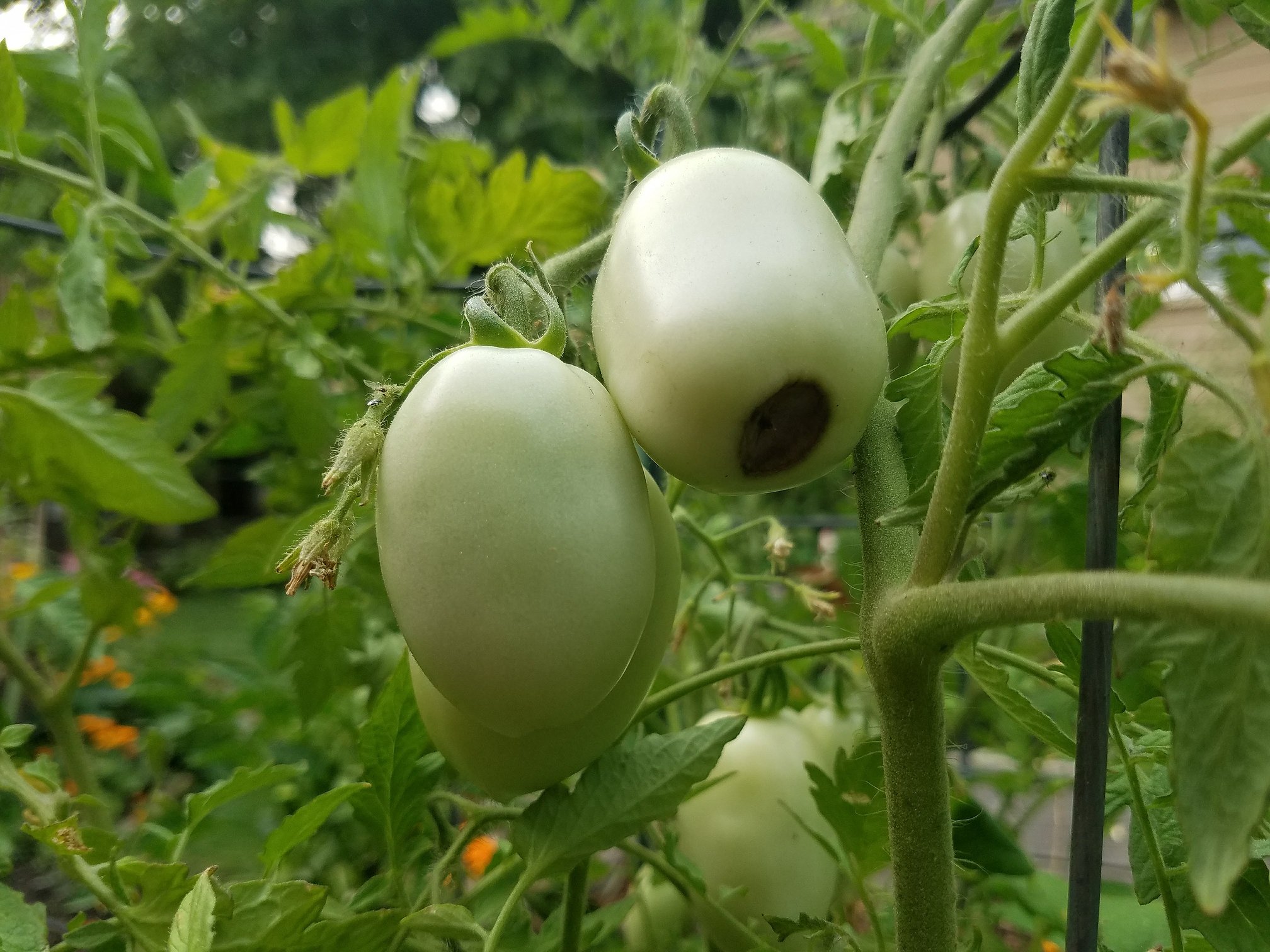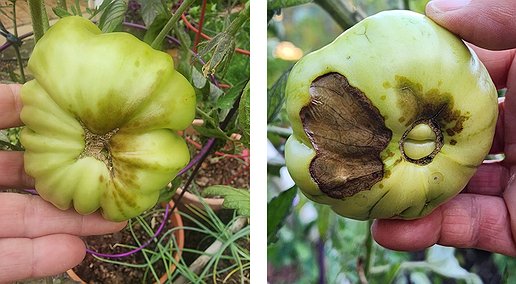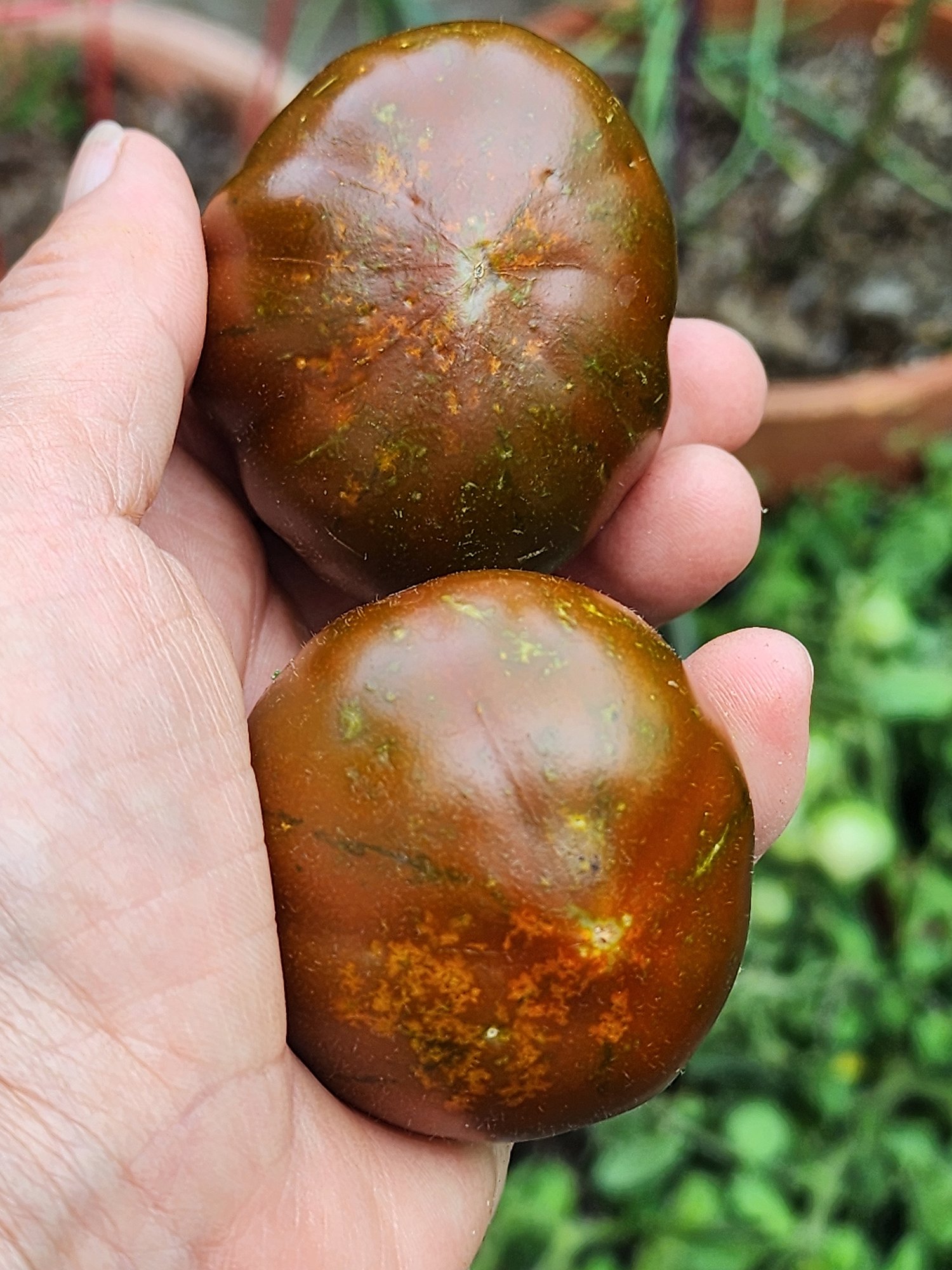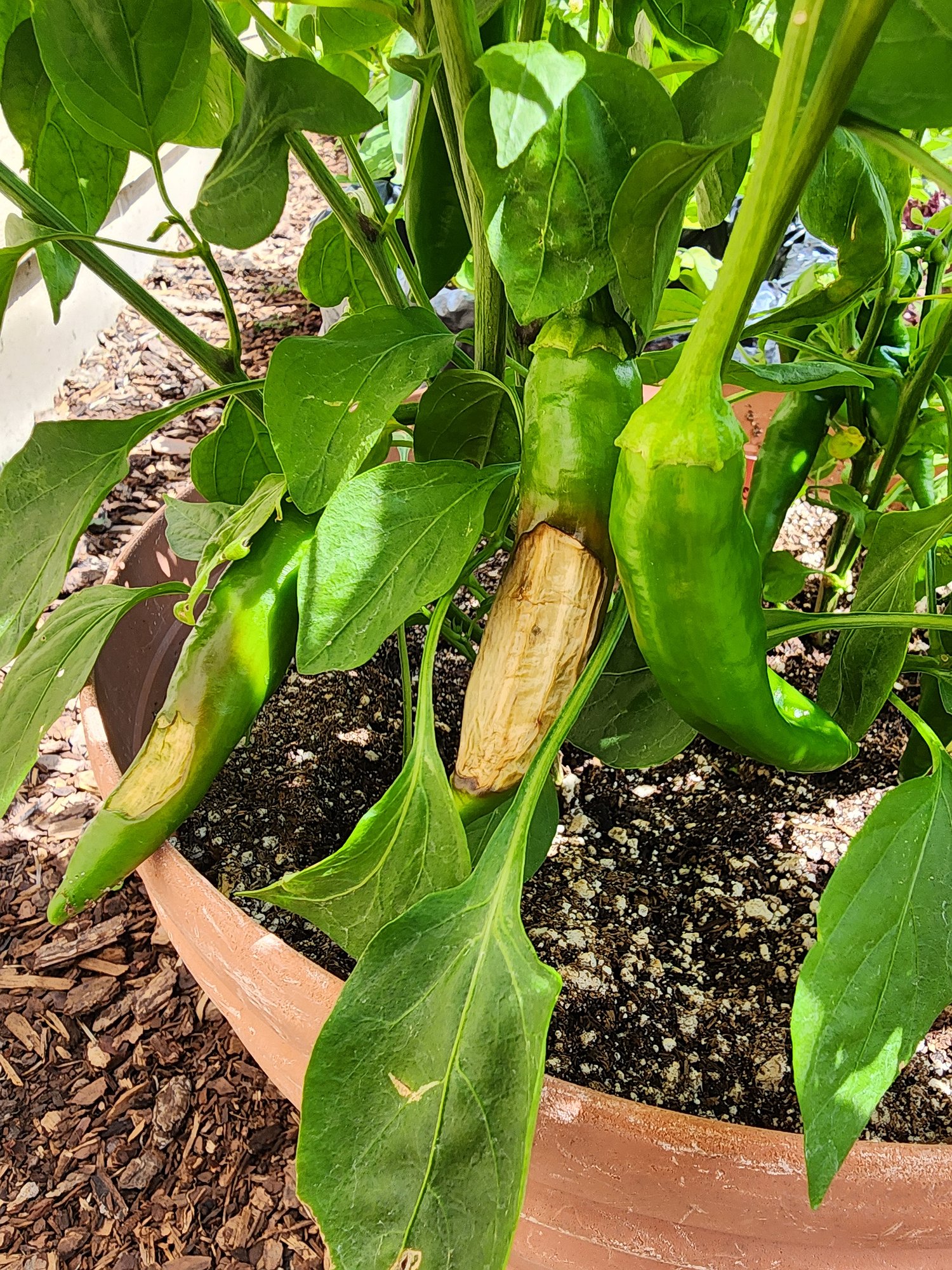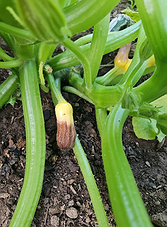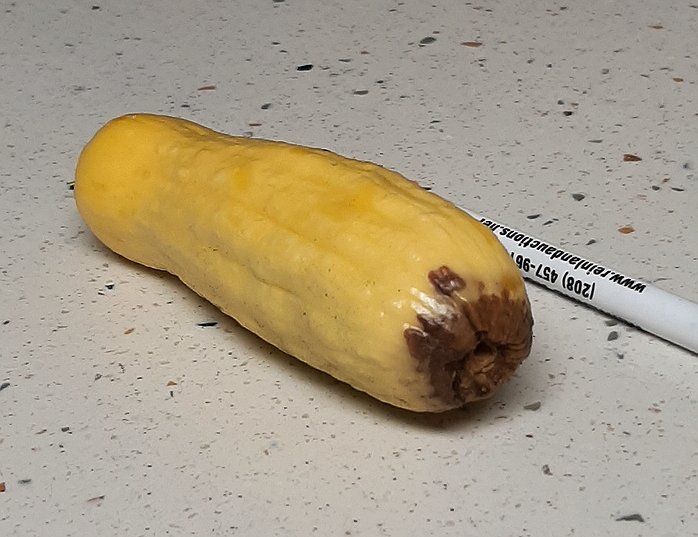How to prevent and manage blossom end rot in your garden
CANDACE GODWIN/Gardening at the Coop | Coeur d'Alene Press | UPDATED 5 months, 1 week AGO
Our recent extreme temperatures are causing great stress in the garden, not only for the plants but for gardeners too! It’s becoming a full-time job keeping the garden watered and protected from the high heat.
The question always remains — are we watering too little or too much? Unfortunately, both can result in the dreaded condition of blossom end rot.
What is blossom end rot?
One of the most misunderstood conditions in our gardens is blossom end rot. It’s a common disorder in tomatoes, however, it also affects peppers, eggplant, squash and pumpkins.
BER can easily be identified in tomatoes by a water-soaked or dark brown leathery patch on the blossom end of the fruit. Mild cases may be represented as a stippling of spots on the fruit bottom.
Similar characteristics are also found in eggplant with BER, while peppers exhibit a tan lesion on the bottom or side that resembles sunscald. If pepper fruits are shaded by leaf cover, yet show sunscald symptoms, it’s most likely BER.
In squash and pumpkins, it can be a bit more difficult to identify correctly, since blossom end rot often resembles incomplete pollination; where budding fruit yellows, withers and falls from the plant. A squash fruit with BER is usually more developed and will have a dark patch on the end.
It’s quite shocking the first time you encounter it — what in the world is this awful-looking rotting patch on my lovely tomato (zucchini or pepper)? If there’s any good news, blossom end rot is a physiological disorder — not a disease; it won’t spread to other plants.
The calcium culprit
BER is caused by the plant’s inability to absorb calcium from the soil or move calcium within the plant. The result is a calcium deficiency within the developing fruit that appears as a rotting spot on the fruit.
Since calcium isn’t very mobile within the plant, anytime the absorption or movement of calcium into the plant is slowed, blossom end rot will likely occur. Sometimes BER only affects one fruit in a cluster, or just a few fruits on one side of the plant. Again, it relates to how calcium moves within the plant to the developing fruits.
It is important to understand that BER is not caused by a lack of calcium in the soil. While plants absorb calcium from the soil, low soil calcium levels are rarely the cause. Most soils in our region have sufficient calcium.
Blossom end rot triggers
Blossom end rot can be a sporadic or persistent problem, depending on what’s preventing calcium from reaching the developing fruits.
Various stressors can affect how calcium moves in the plant; plant stress related to unusually cool or hot weather (North Idaho springs and summers!), drought or wet soil conditions can trigger BER.
In our region, blossom end rot typically occurs when plants with rapidly developing fruits are exposed to drought or excessive water (over-watering or rain). It’s also fairly common on susceptible plants grown in containers due to sporadic watering and over-fertilizing.
BER can also be caused by root damage from cultivation, over-fertilizing with nitrogen, high salinity in the soil, or acidic soil (pH below 5.5); however, the most common culprit is fluctuations in watering.
Steps to reduce BER
Social media is full of solutions for curing or preventing blossom end rot. Unfortunately, there is no “cure” for the condition. Likewise, crushing eggshells or adding powdered milk, or worse yet, adding TUMS antacid tablets to the soil won’t prevent blossom end rot. Commercially sold calcium sprays won’t cure the problem either. Don’t waste your time or money with these “remedies.”
However, there are several things you can do to reduce the occurrence of blossom end rot in the garden.
Watering: First and foremost, be mindful of how you water your plants. Focus on water management to minimize drought stress or waterlogging plants. Water regularly and deeply throughout the growing season. Use a water meter to gauge moisture in container-grown plants.
Mulching: Apply a layer of mulch around the base of plants to conserve moisture. Straw, dried leaves and herbicide-free grass clippings are good options.
Cultivate with care: Damage to plant roots from cultivation can trigger BER. Take care when digging around the base of plants.
Plant resistant varieties: Plum and pear-shaped tomato varieties tend to be more susceptible to BER than round tomatoes; it rarely (if ever) occurs in cherry types. Due to the number of factors that trigger the disorder, a definitive list of resistant and susceptible plant varieties isn’t available.
Test the soil: Blossom end rot typically occurs in the first fruits on the plant and then diminishes. If the condition persists throughout the season on susceptible plants, it’s time for a soil test. Low pH, excessive nitrogen or salts in the soil can all cause a reduction in calcium absorption. The only way to determine this is by a soil test. UI Extension Kootenai County Master Gardeners can provide information on soil testing (208-292-2525).
Keep it or toss it?
While the condition is unsightly, a ripe tomato affected with BER can be salvaged; just cut the leathery end off. The remaining fruit is edible.
However, when I discover BER on green tomatoes, I’ll remove them from the plant to allow the energy to go to healthier fruit. I do the same with affected ripe and developing peppers and eggplant. In most cases squash won’t recover from BER; affected fruit should be removed from the plant. Trust me, more squash will grow!
While discovering blossom end rot can be disheartening, it's important to remember that it's not a disease and doesn't spell doom for your garden. Although you might need TUMS when encountering blossom end rot, your plants do not (or any other internet remedies). Keep your watering routine steady and look forward to an abundant harvest ahead.
• • •
Candace Godwin is a certified Idaho Master Gardener and the owner of The Coeur d’Alene Coop (thecoeurdalenecoop.com), offering seasonal plant sales and advice on gardening and raising backyard chickens.











